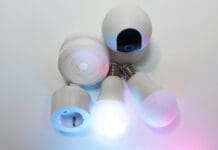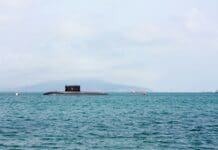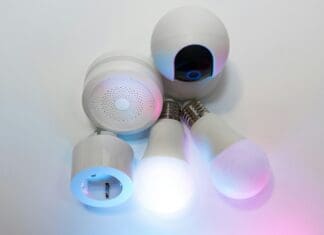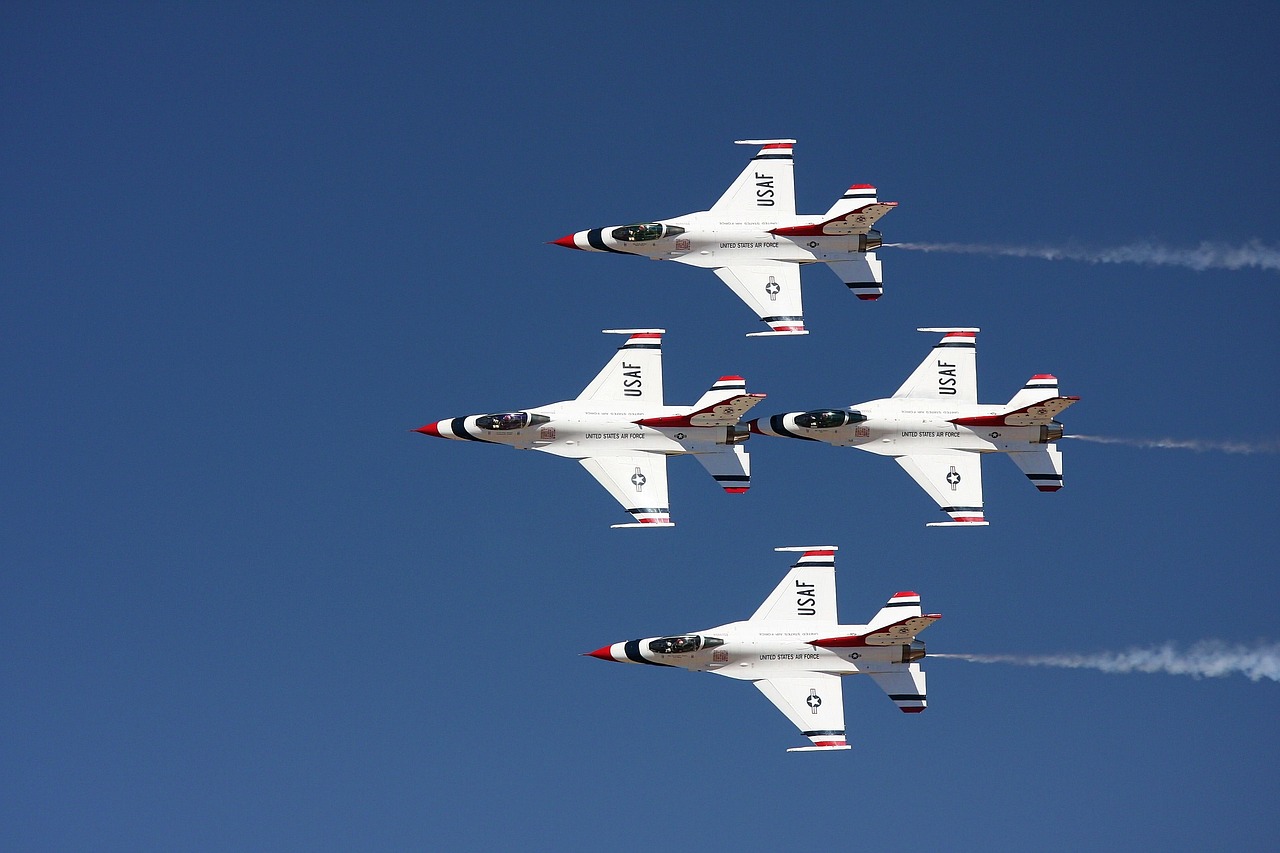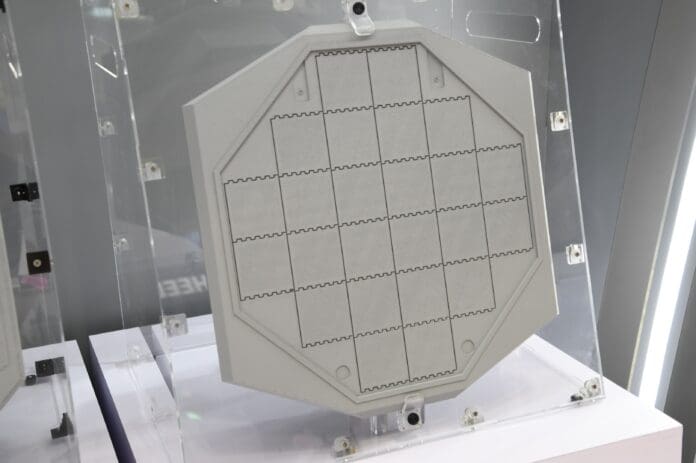
This post is also available in:
 עברית (Hebrew)
עברית (Hebrew)
The U.S. Navy has completed a series of live maritime trials for the AN/SPY-6(V)4 radar system from Raytheon, confirming its ability to track both airborne and surface targets under operational conditions. The test marks a key milestone in the radar’s development and integration into current and future naval platforms.
Designed to enhance situational awareness and defense capabilities, the SPY-6(V)4 variant builds on the scalable radar architecture of the broader SPY-6 family. The recent tests provided the first live data for this configuration and validated its performance across a range of mission profiles in open-water environments.
The radar is part of a modular system intended to standardize radar capabilities across different classes of U.S. Navy ships. The system is built around Radar Modular Assemblies (RMAs), compact 2’x2’x2′ units that can be stacked and configured to meet the specific needs of each vessel. This modularity allows the same core technology to be installed across destroyers, aircraft carriers, amphibious ships, and frigates, supporting both new builds and upgrades of legacy platforms.
The SPY-6 family is expected to be deployed across more than 60 ships over the next decade, according to the press release. The systems are designed to simultaneously detect and track a wide range of threats, including ballistic and cruise missiles, hypersonic weapons, aircraft, and surface vessels.
Compared to older radar systems, SPY-6 offers improvements in detection range, sensitivity, and precision, allowing ships to better assess and respond to fast-moving or low-observable threats. The radars also support integration with advanced missile systems by providing more accurate targeting data in real-time.
In addition to enhancing individual ship capabilities, the standardization of hardware and software across the SPY-6 series is expected to simplify maintenance and logistics.
The successful demonstration of the (V)4 radar variant brings the system a step closer to operational deployment, with further testing planned before installation begins on IIA destroyers already in service.


